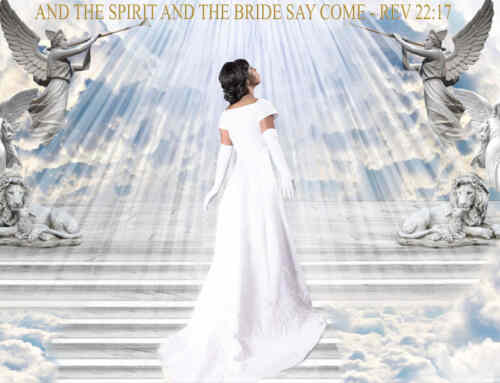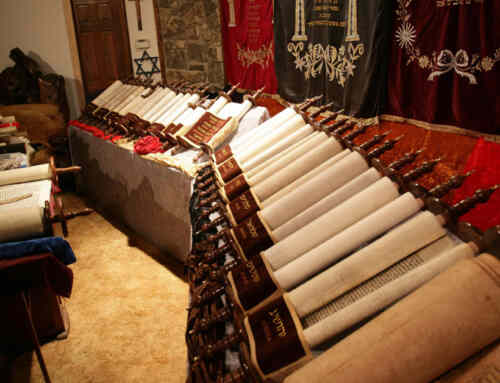Jehovah-Nissi is a compound of Strong’s words H3068 and H5251. It is defined as “Jehovah (is) my banner.”
The word only occurs once in the Bible in the story of Israel winning in battle over the Amalekites.
Exodus 17:8-16 (NASB), “Then Amalek came and fought against Israel at Rephidim. So Moses said to Joshua, “Choose men for us and go out, fight against Amalek. Tomorrow, I will station myself on the top of the hill with the staff of God in my hand.”
“Joshua did as Moses told him, and fought against Amalek; and Moses, Aaron, and Hur went up to the top of the hill. So it came about when Moses held his hand up, that Israel prevailed, and when he let his hand down, Amalek prevailed. But Moses’ hands were heavy. Then they took a stone and put it under him, and he sat on it; and Aaron and Hur supported his hands, one on one side and one on the other. Thus, his hands were steady until the sun set.
“So Joshua overwhelmed Amalek and his people with the edge of the sword. Then the LORD said to Moses, “Write this in a book as a memorial and recite it to Joshua, that I will utterly blot out the memory of Amalek from under heaven.” Moses built an altar and named it The LORD is My Banner (Jehovah-nissi); and he said, “The LORD has sworn; the LORD will have war against Amalek from generation to generation.”
Additional Resource:
Christian Questions Podcast “Who is God?” A 3-part series
Preview Video
CQ Rewind Show Notes for Part I











